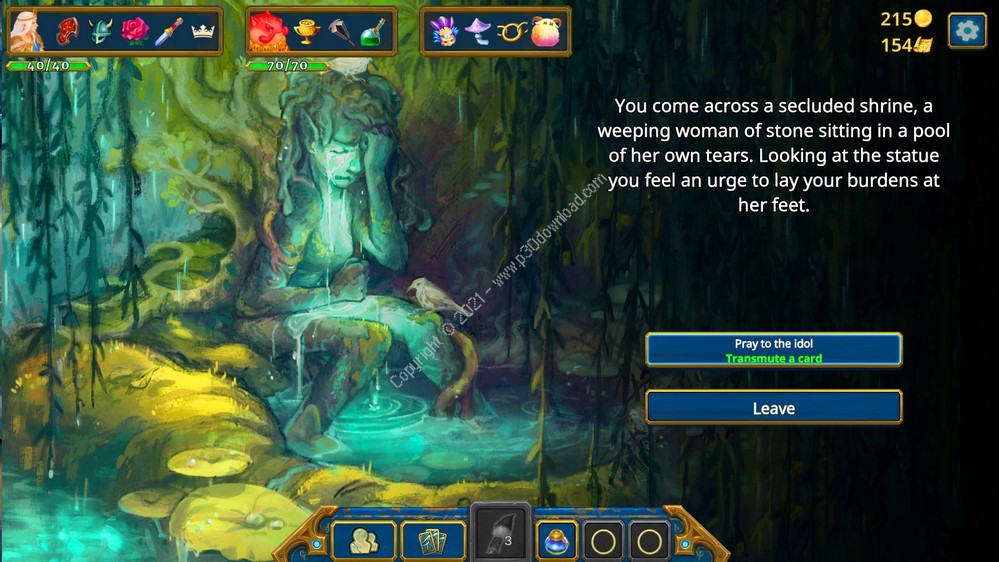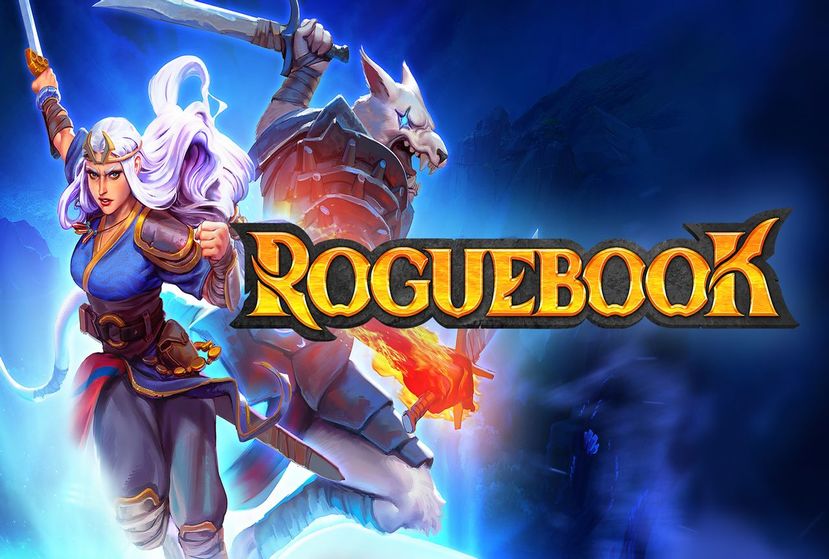

Plot your course carefully!Ī few other things to note: there's a pet-like ally system, whereby you summon pets in battle which do things for you according to their spirit resource.

You can also loot ink pots from battles which modify the areas a paint brush can reveal: a straight-line from you instead of a circle around you, for instance, which can be enormously helpful. There are towers out there that reveal large areas around them, and eyes that reveal areas somewhere else. Thankfully, there are things out there to help you.

In standing in the optimal place to reveal the most hidden tiles around you in one bang. The skill, therefore, comes - again - in positioning. You can earn more through combat, but if you've run out of crossed-sword combat tiles on your map, there's not much you can do. Each use depletes one, and once you're out, you have no choice but to give up exploring and head for the boss. However! You know what I'm going to say, don't you? You only have a few paint brushes. And when revealed, you can see whatever goodies those tiles may hold. Simply, you click on the paint brush icon to reveal hexagonal tiles in a kind of circle around you. You do all of this - you reveal the world - using a paint brush system.
#ROGUEBOOK UPDATE UPGRADE#
And you will want to, because out there are all kinds of things to improve your chances of winning with: money, opportunities to buy cards, gems to upgrade cards with, alchemists to transmute cards with, and so on. Everything else is hidden and it's up to you to reveal it, if you can. The only filled-in route is a short and direct one, from level-beginning to boss-battle end, the A to B. Exploration is a kind of puzzle, and comes from the world being a partially-filled-in map. The other skill comes in exploration, which I didn't expect but I'm quite taken with. Watch on YouTube Here I am, doing not too badly for a change. Do you see? Swip-swapping in combat is where the real skill lies. There's an upgrade you can apply, literally called combo, that makes a card cost one less energy (you begin with three each round) as long as the other character used an ability first. Therefore, you swap - you constantly swap. Certain attacks move them forward automatically, you see, and others can only be used from the front. Equally, you can't hide them in the back. You don't want to strand your glass cannon at the front. This is important, because it's the character standing at the front who takes damage. However, block is shared between characters, which means whichever character stands at the front, at turn's end, gets the benefit of the block. In order for them to attack, you have to play their specific attack card, and the same goes for blocking. And each of these heroes has their own cards that make up your deck. In Roguebook, you see, you don't control one hero but two. But I think we can probably consider Slay a template for the genre at this point anyway, so let's move on, because it's in the differences where Roguebook becomes interesting. Not only is it a Roguelike deckbuilder, it goes as far as to copy the Strike and Defend cards in your opening deck. The overwhelming inspiration is Slay the Spire, that much is obvious.
#ROGUEBOOK UPDATE PC#


 0 kommentar(er)
0 kommentar(er)
